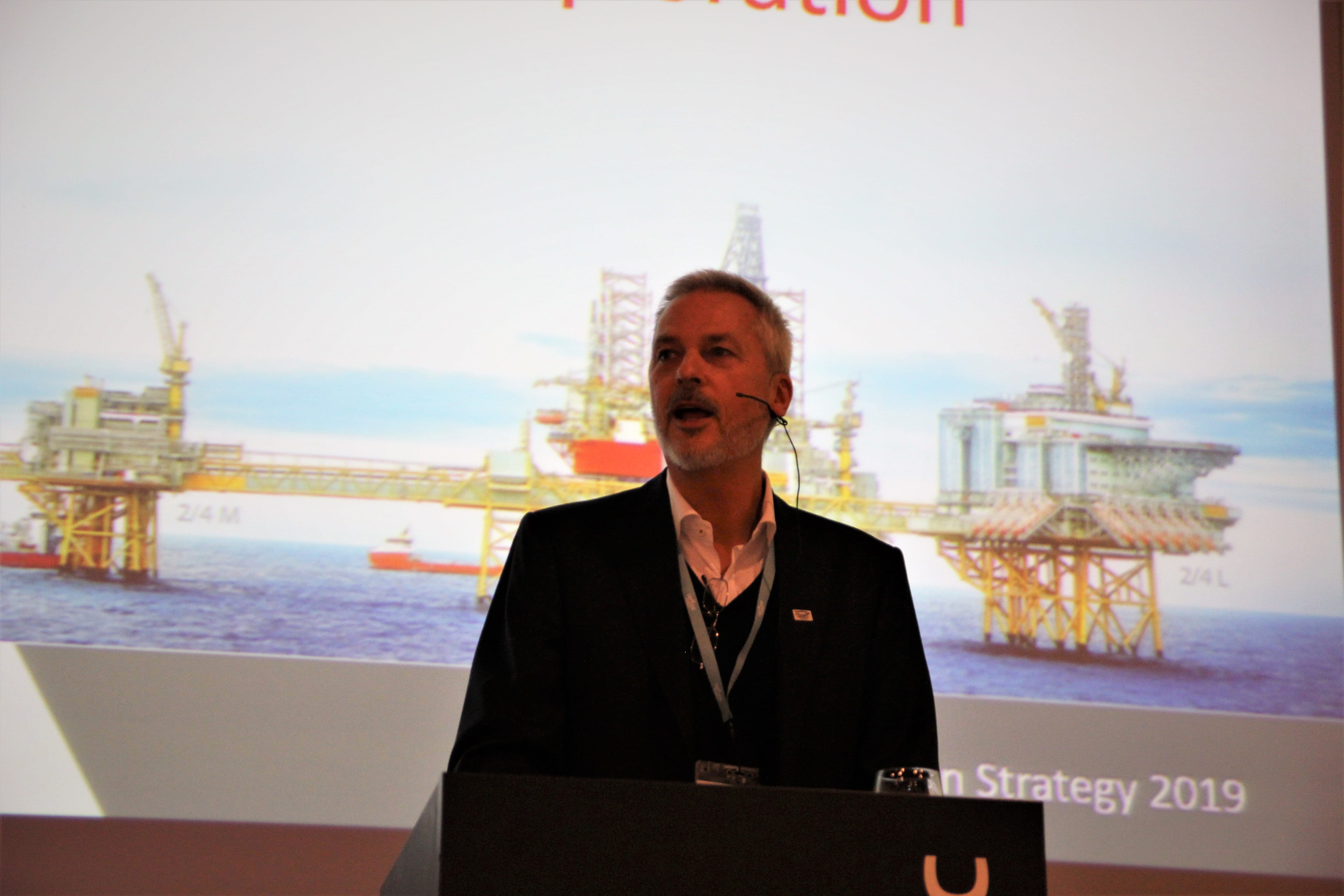– Since the Ekofisk discovery in 1969, ConocoPhillips has created large values for the Norwegian society. Through more than 50 years on the Norwegian Continental Shelf (NCS), we have participated in more than 100 licences and over 400 wells, said Arild Skjervøy, Exploration Manager at ConocoPhillips Norge at the NCS Exploration Strategy 2019 conference in Stavanger on November 21st.
Although ConocoPhillips is a major player on the NCS, with a net production of 123 000 barrels of oil equivalents per day, Skjervøy noted that in the last ten years, the company has seen mixed exploration performance.
– There have been disappointments in frontier exploration programs such as in the Barents Sea, Deep Water Vøring and in the Central Graben HPHT regime.
The company’s size has also been an issue for the exploration activities on the NCS because the exploration portfolio is managed globally, meaning that there are many prospects fighting for a piece of the ~300 million USD annual exploration funds.
However, in 2016, ConocoPhillips saw a shift in its exploration strategy, which will benefit the Norwegian branch of the company.
– We are looking for value over volume, which means that we can focus more on mature areas with smaller potential discoveries.
And this of course includes the NCS, and in particular the Balder/Ringhorne area in the North Sea. ConocoPhillips recently made a discovery in the Busta prospect (preliminary estimate: 6,3 – 63 mmboe), and has moved on to drill Enniberg and Hasselbaink in the same area in block 25/7.
Next year or in 2021, the company will drill the Warka and Slagugle prospects close to Heidrun in the Norwegian Sea. DNO will drill the Canela prospect, in which ConocoPhillips is a partner.
Skjervøy also noted that while the company’s frontier exploration has disappointed in the last ten years, near field/infrastructure-led exploration has had a high success rate and provided good value.
ConocoPhillips is maturing several other prospects on the NCS for future drill or drop decisions.




